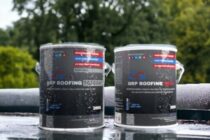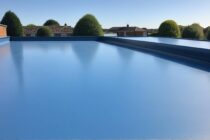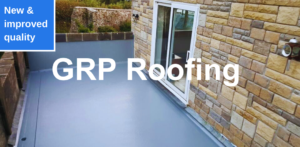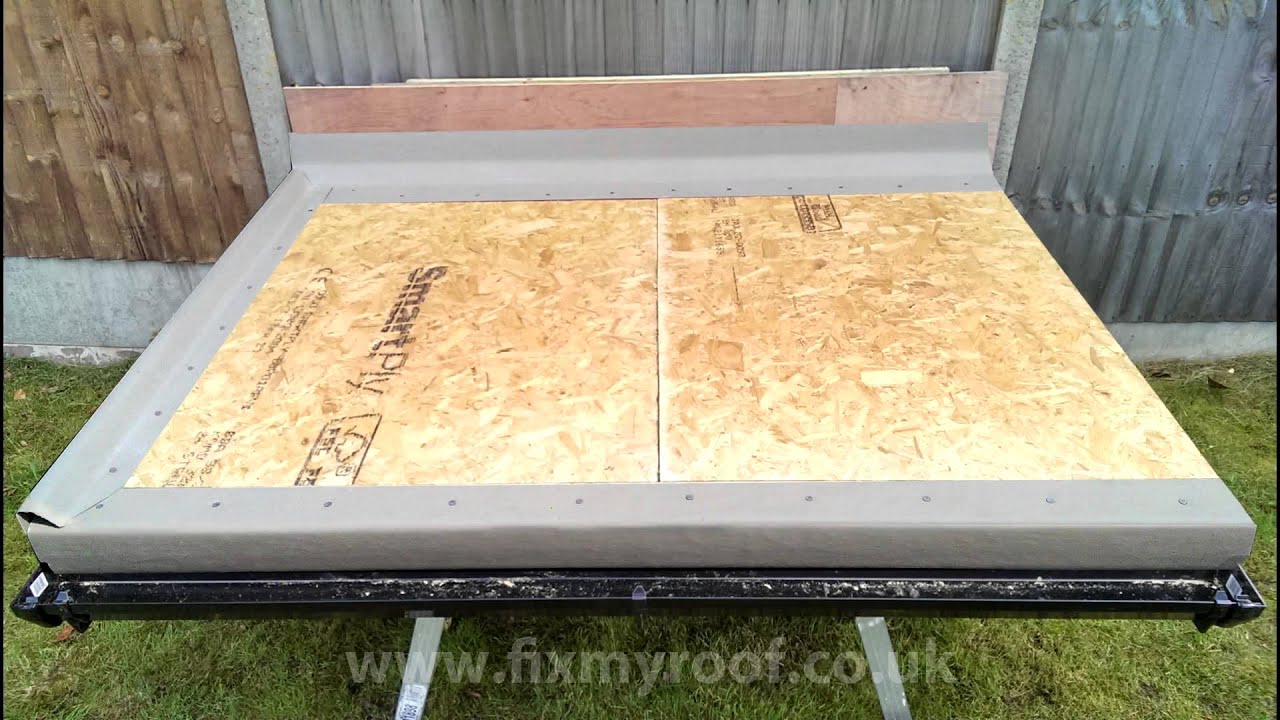Demystifying a GRP Roof
In the realm of roofing, the days of straightforward decisions are long gone. With technological advancements, the industry has witnessed a surge of innovations, one of which stands out as a frontrunner – the Glass Reinforced Plastic (GRP) roof. This comprehensive guide aims to demystify GRP roofs, exploring their composition, benefits, installation process, and maintenance tips.
What is a GRP Roof?
GRP, commonly known as fiber-reinforced plastic, is a composite material composed of a polyester resin reinforced with glass fibers. This combination results in a robust and durable material that finds widespread application, including roofing.
Composition of GRP Roofs
GRP roofs are constructed from layers of fiberglass matting saturated with high-quality polyester resin. These layers are meticulously built upon each other, forming a seamless, strong, and watertight finish. The final layer typically incorporates a UV-resistant gel coat, ensuring long-lasting protection against the elements.
Demystifying a GRP Roof, Benefits of GRP Roofs
GRP roofs are renowned for their exceptional qualities, including: Demystifying a GRP Roof
Durability: GRP roofs are known for their long lifespan, often exceeding 30 years, with minimal maintenance requirements.
Waterproofing: The seamless construction of GRP roofs eliminates joints and seams, making them highly resistant to water ingress and leaks.
Versatility: GRP’s malleability allows it to be molded into various shapes and sizes, making it a versatile option for a range of roofing applications.
Lightweight: GRP roofs are relatively lightweight, reducing the load on the supporting structure and making them suitable for a wide variety of buildings.
UV Resistance: The UV-resistant gel coat shields the roof from the sun’s damaging effects, preserving color stability and minimising degradation.
Demystifying a GRP Roof: Comparison with Other Roofing Materials
When compared to traditional roofing materials like asphalt shingles, tiles, or felt, GRP roofs stand out in their durability, waterproofing prowess, and versatility. While other materials may require frequent maintenance and replacement, GRP roofs offer a cost-effective and low-maintenance alternative.
Continued: Demystifying a GRP Roof
Installation Tips
For a successful GRP installation, follow these essential guidelines:
Surface Preparation: Ensure the roof surface is clean, dry, and free from any contaminants that may hinder adhesion.
Application: Apply the GRP roofing system in layers, allowing each layer to cure properly before adding the next.
Detailing: Pay meticulous attention to details like edges, joints, and transitions to achieve a seamless, professional finish.
Safety Measures: Employ proper safety procedures, including the use of personal protective equipment, to ensure a secure and incident-free installation process.
Maintenance Advice
Regular maintenance is crucial for maintaining the integrity of your GRP roof:
Regular Inspections: Conduct routine inspections to identify any potential issues or defects early on.
Cleaning: Periodically clean the GRP roof to remove debris and prevent the growth of algae or moss, which can lead to damage.
Prompt Repairs: Address any damage or defects promptly to prevent water intrusion and maintain the roof’s functionality.
Take a look at our GRP roof gallery
Common questions answered: Demystifying a GRP Roof





